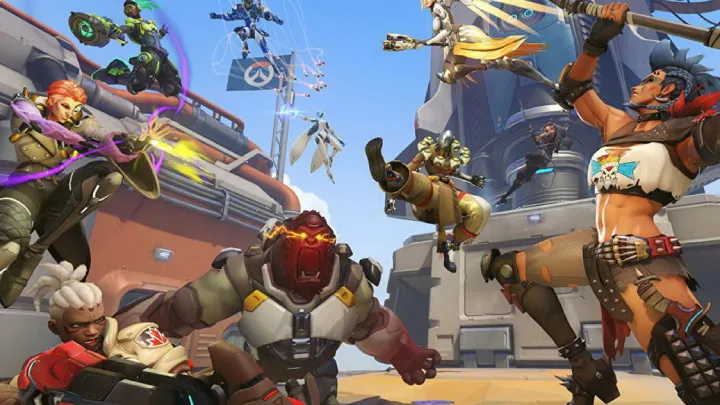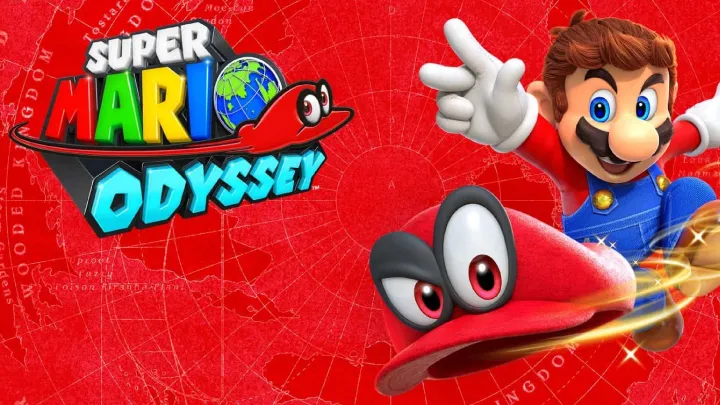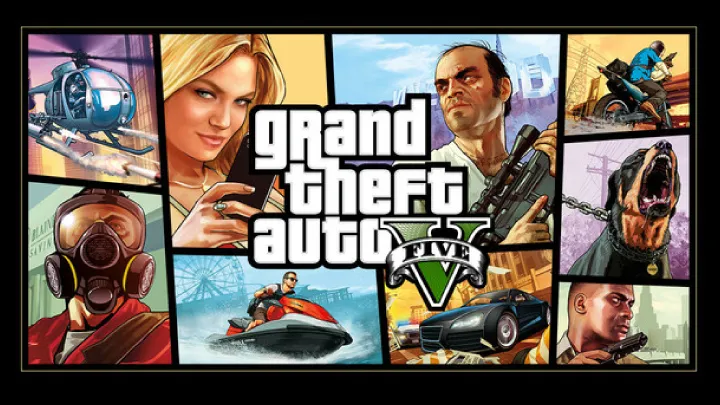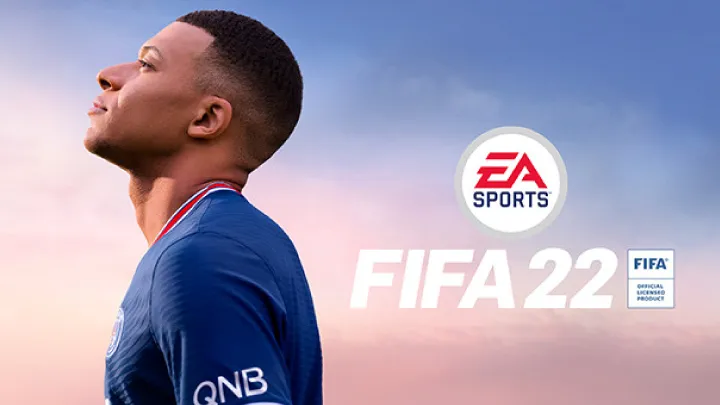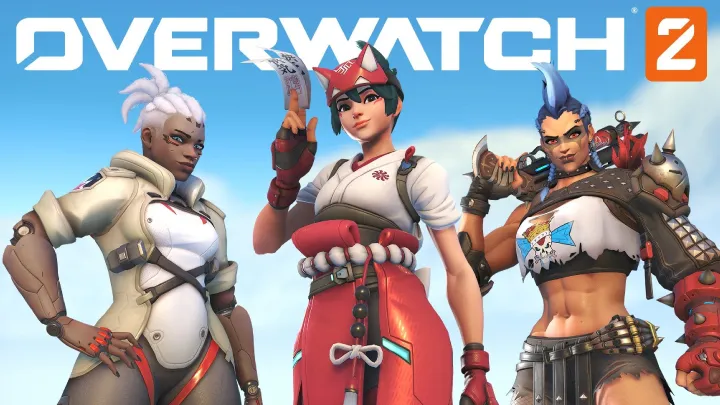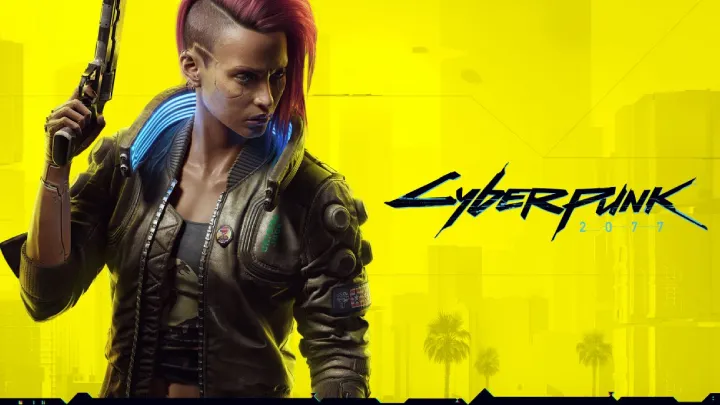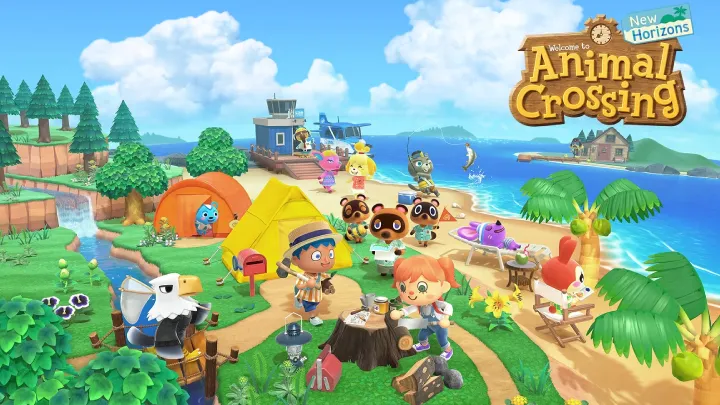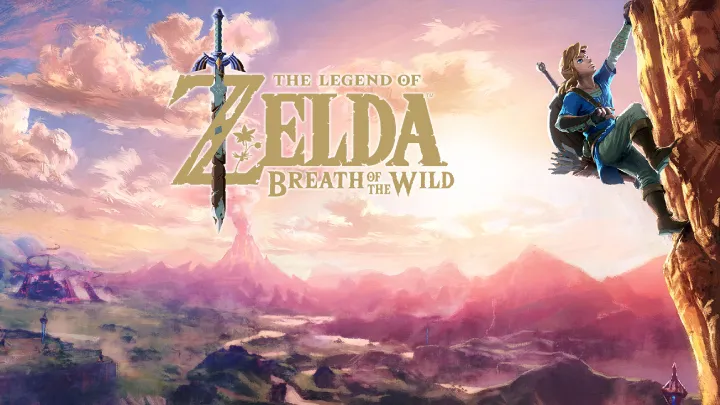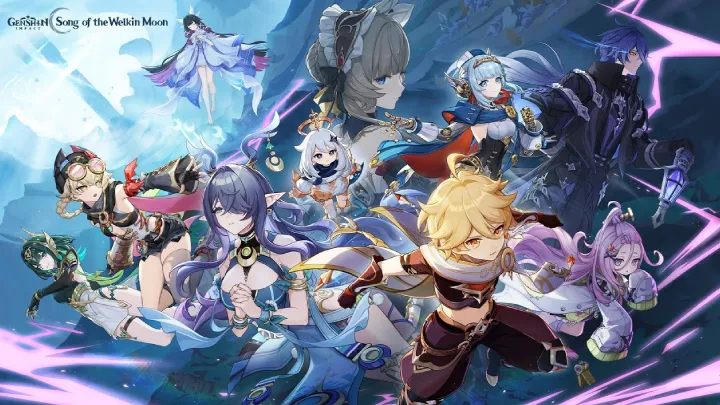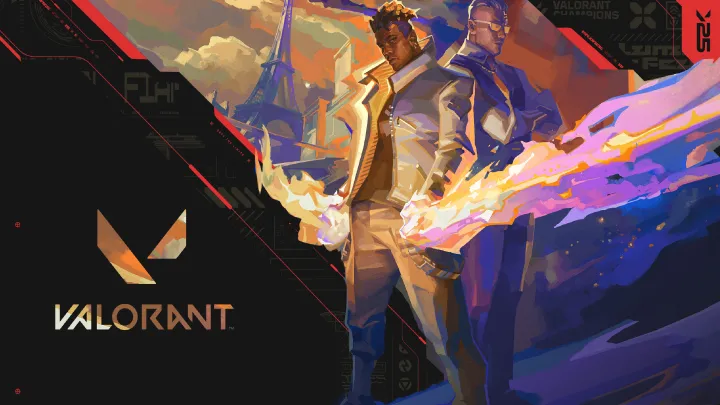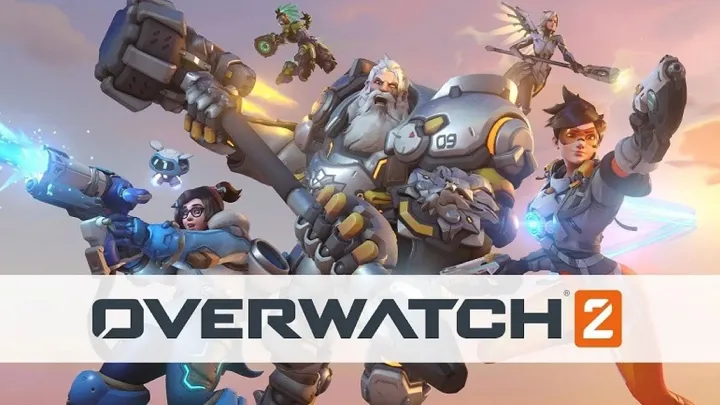
Introduction
Since its launch in 2016, Blizzard Entertainment's Overwatch has established itself as a cornerstone of team-based shooters, characterized by its diverse cast of characters, dynamic gameplay, and deep lore. However, with the release of Overwatch 2, the game has undergone significant changes, including a shift to a free-to-play model and a transition from a 6v6 format to 5v5. While these alterations have aimed to streamline gameplay and expand accessibility, they have also raised critical issues concerning the evolving meta and player identity. This article will explore how the ongoing evolution of the game's meta affects player experiences, the sense of identity among characters, and the community's response to these changes.
The Transition from Overwatch to Overwatch 2
A New Era in Gameplay
Overwatch 2 introduced fundamental shifts in gameplay, particularly the transition to a 5v5 format. This change not only adjusted team dynamics but also redefined how players engage with their chosen heroes. The shift from two tanks to one led to more aggressive and dynamic gameplay, resulting in a faster-paced experience that emphasized individual skill and decision-making.
Enabling More Fluidity
One of the central goals of this transition was to ensure that matches felt more fluid and less chaotic. With fewer players on each team, the developers aimed to create clearer roles and responsibilities, which also allowed for more intricate strategies to emerge. However, this move inadvertently monopolized gameplay around certain characters, affecting the perceived and actual meta.
The Implications for Team Composition
- Centralized Roles: Each character now holds a more defined role in team composition, which can create rigid team dynamics.
- Character Viability: As certain characters emerged as more potent options due to the 5v5 format, previously beloved picks faced relegation.
- Adaptability Required: Players must become more adaptable, learning new heroes to counter effectively in this more competitive atmosphere.
The Impact on Player Identity
As players adjusted to these changes, the sense of identity associated with their favorite characters also began to shift. With the meta evolving, players who identified closely with certain heroes found themselves reassessing their commitments and the characters they played. This transformation goes beyond shifts in gameplay—it's about how players view themselves within the ever-changing landscape of Overwatch 2.
The Meta Shift: Understanding Player Dynamics
Redefining the Meta
The term "meta" refers to the most effective tactics available, and in a game like Overwatch 2, this can shift dramatically based on character balance, map changes, and evolving player strategies. The meta has become a living entity, one influenced by both developer patches and player adaptations.
Current Meta Trends
As Overwatch 2 continues to evolve, certain heroes have become staples due to their effectiveness in the current meta. Characters like Kiriko, Junker Queen, and Zarya have emerged as must-picks, while others have fallen out of favor.
Heroes in the Limelight
- Kiriko: A new support hero that offers healing and mobility, becoming crucial in high-level play.
- Junker Queen: As a tank, her damage output paired with utility has made her a strong choice in many team compositions.
- Zarya: With her shields and damage potential, she remains a powerful character, especially in coordinated team play.
The Challenge of Balance
While the meta is a natural part of competitive gaming, the rapid changes in Overwatch 2 have led to complaints from the community regarding character balance. As certain heroes dominate play, others can feel less viable, leading to frustration among players who enjoy those characters. This imbalance raises a significant question: how effectively can developers maintain a balanced environment without compromising the joy players derive from their chosen heroes?
Changes in Character Viability and Impact
The Downfall of Favourites
As the meta solidifies around certain heroes, beloved characters fall out of favor. For example, heroes like Orisa and Doomfist, once celebrated for their unique play styles, have found themselves relegated in the wake of newer characters or reworks.
The Emotional Toll on Players
Players who are emotionally invested in these characters often find themselves at odds with their identity as gamers. The frustration of seeing a favorite character become less relevant can create disconnection from the game itself.
Psychological Implications
- Identity Crisis: The emotional attachment players have for their heroes can create an identity crisis when their effectiveness is diminished.
- Frustration with Gameplay: Players may experience frustration when they feel forced to abandon characters they love for those that dominate the current meta.
- Competition Strain: The competitive environment can pressure players to conform to popular picks, adversely affecting their enjoyment of the game.
The Role of Community Feedback
Blizzard’s response to these shifts has been a mix of adjustments through patches and community engagement. However, players often feel there is a disconnect between their feedback and the changes being implemented, leading to dissatisfaction within the community.
The Evolution of Player Identity
Who Am I in Overwatch 2?
With the ongoing shifts in character viability, players are continually reassessing their identities within the game. Overwatch 2 has fostered a culture of adaptability, where success hinges not just on mechanical skills but also on the ability to learn new heroes and strategies.
The Fluid Nature of Identity
Players often derive significant personal identity from the characters they play, and when the landscape shifts, they may experience a crisis regarding how they perceive themselves within the game’s universe. Adaptability becomes key, but this can also lead to a sense of alienation for those who feel disconnected from the evolving meta.
Adaptability as Identity
- Learning New Heroes: Players are incentivized to learn new characters to stay competitive, but this can be overwhelming.
- Experimentation vs. Comfort: Finding the right balance between experimenting with new heroes and sticking to preferred choices becomes a part of player identity.
- Community Identity: As players engage with others, shared experiences shape how identity evolves within the community, creating a complex tapestry of characters and roles.
The Pressure of the Competitive Scene
The shift to a more competitive format has heightened the pressure on players to adapt quickly. This can lead to increased anxiety around performance, especially for those who deeply identify with specific heroes now deemed less viable.
The Role of Developers in Character Balance
A Reactive Approach
Blizzard’s approach to balancing Overwatch 2 has been reactive, often responding to community feedback and meta shifts after they have occurred. Major patches can significantly alter character viability, but the reaction time can cause frustration for players seeking a stable environment.
Adjustments and Reworks
As the game progresses, developers continually fine-tune heroes to address balance issues. Understanding how these changes impact player identity is crucial, as adjustments can lead to shifts in how players perceive their favorite characters.
Major Updates and Their Implications
- Character Reworks: Major adjustments to heroes impact player choices dramatically and can favor certain styles over others.
- Patch Notes: While detailed notes help players understand what has changed, they don’t always address underlying community dissatisfaction.
- Timeliness of Changes: The speed at which Blizzard implements changes can impact player morale dramatically, especially when beloved heroes are adjusted out of competitiveness.
A Continuous Cycle
The game exists within a continuous cycle of player feedback and developer response. While players hope for balance, developers strive to maintain enjoyment and accessibility, creating an ongoing dialogue about character representation and viability.
Community Response: Navigating Changes Together
Proactive Engagement
The Overwatch 2 community is highly vocal about its opinions, and social media has become a platform for discussions around balance, hero viability, and the emotional toll of these changes. Engaging with the community allows players to voice their concerns, making it crucial for developers to listen.
Player Initiatives
Players often create forums, videos, and tier lists to express their rankings and opinions on current heroes and their effectiveness. These community-driven initiatives reflect the passion players have for maintaining a balanced and enjoyable experience.
Highlights of Community Engagement
- Content Creation: Players produce guides and tutorials for navigating the evolving meta, helping others adjust to changes.
- Collective Action: Organized player movements often call for specific changes or balances through petitions and discussions.
- Support Systems: Community-driven initiatives provide emotional support and guidance for those navigating shifts in character viability.
Emotional Connections
The emotional response of the community highlights how deeply players care about their heroes and the impact of character changes on their identity within the game. Acknowledging these feelings can lead to a smoother transition for both developers and players as the game evolves.
The Psychological Aspect of Gaming Identity
The Space Between Meta and Personality
For many players, Overwatch 2 is not just a game; it’s a means of self-expression. Understanding how shifts in the meta impact this expression is crucial for both players and developers. The emotional toll created by character changes can influence how individuals engage with the game.
Identity and Community
The interactions between players forge a community identity that can both support and challenge individual expressions. Supporting one’s preferred character can create divisive lines within the community, affecting how players perceive each other based on choices made within the game.
The Importance of Support
- Building Together: Players coming together around shared interests help establish a sense of community in navigating changes.
- Shared Narratives: Many players connect through the narratives they build around specific characters, enhancing engagement and deepening emotional ties.
- Collective Healing: The community can foster collective healing through collaboration, resulting in a shared commitment to maintaining the integrity of the game.
The Moving Target of Player Identity
As the meta continually shifts, player identity evolves. Understanding and navigating these changes are essential components for players looking to adapt while preserving their enjoyment of the game and their favorite characters.
Conclusion: The Balancing Act of Character Representation
Overwatch 2 continues to redefine itself, grappling with the implications of a new meta, community expectations, and player identity. The transition to 5v5 has created both opportunities and challenges, highlighting the complexity of character representation and balance in a competitive landscape.
As players adapt to the ongoing changes in character viability, their identities also evolve. The emotional toll of seeing beloved heroes fall out of favor demonstrates the depth of connection players have with their chosen characters.
Ultimately, the ongoing dialogue between developers and the community, bolstered by a collective willingness to engage, can create a more harmonious relationship. Balancing the need for competitive integrity with the desire for personal connection will be pivotal in shaping the future of Overwatch 2 and its community.